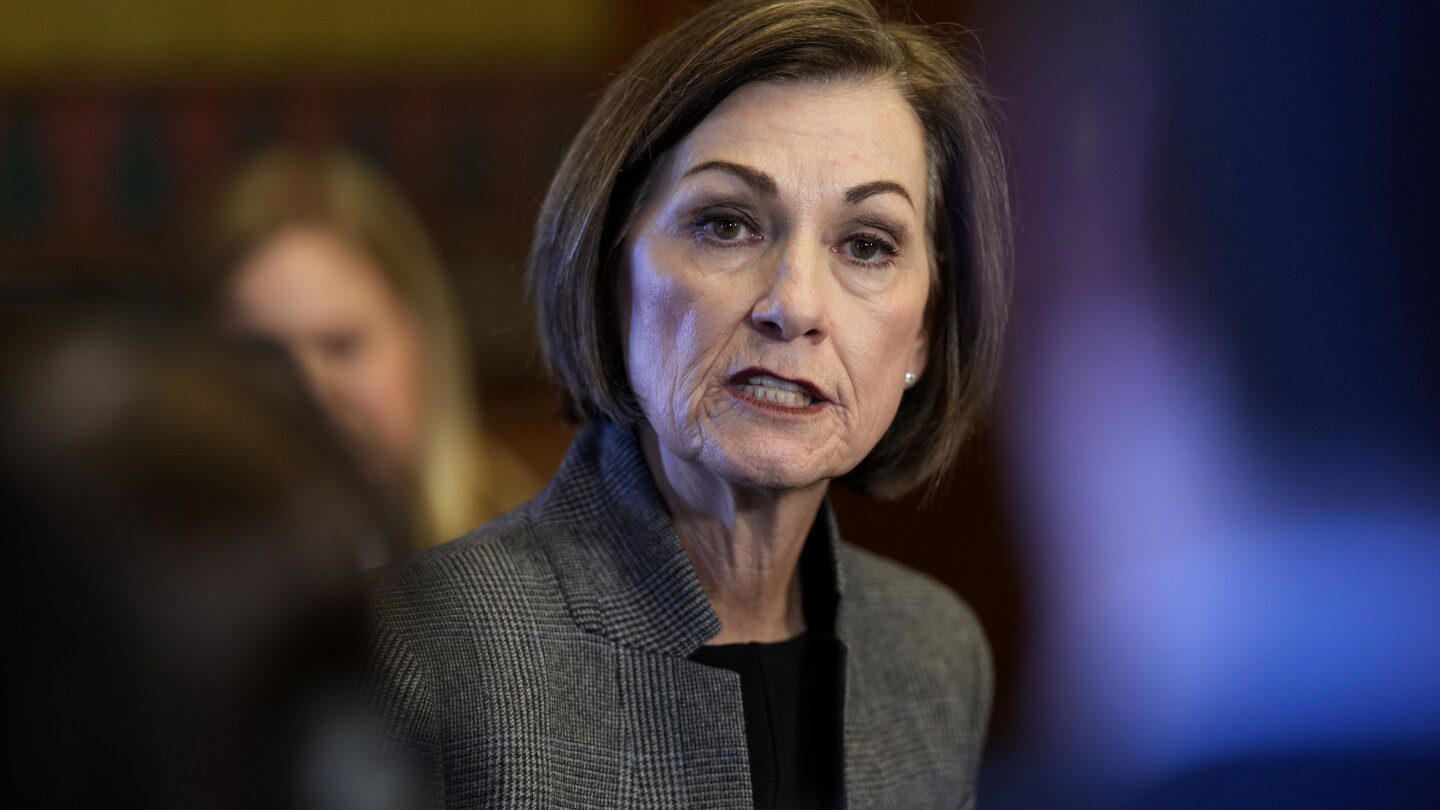
WASHINGTON (AP) — On Thursday, President Donald Trump announced a new initiative aimed at adjusting U.S. tariffs to align with the taxation levels imposed by other nations on imports. This move could spark a significant economic clash with both allies and adversaries, as he seeks to rectify perceived trade disparities.
“To ensure fairness, I will implement reciprocal tariffs,” Trump stated during the signing ceremony in the Oval Office. “This approach is fair for everyone. No other country should have grounds to complain.”
The Trump administration, supported by Republican allies, contends that these new tariffs will create a level playing field for U.S. and international manufacturers. However, under existing regulations, it’s anticipated that these additional costs will ultimately be borne by American consumers and companies, either directly or through increased prices.
This tariff strategy poses significant political risks for Trump, as rising inflation could hinder economic growth, presenting a complex challenge for a president eager to assert his influence on the U.S. economy.
The proposed tariff adjustments would be tailored to each nation, partly aiming to initiate new trade discussions. However, these changes could also provoke retaliatory tariffs from other countries on U.S. products. Consequently, Trump may need to take measures to reassure both consumers and businesses to mitigate any concerns arising from these tariffs.
Although the U.S. maintains relatively low average tariffs, Trump’s outlined plan appears focused on significantly increasing import duties rather than promoting genuine fairness, especially since the U.S. also has regulatory limitations that restrict foreign goods, according to trade expert Scott Lincicome from the Cato Institute.
“This will undoubtedly lead to higher import tariffs, equating to increased costs for American consumers and manufacturers,” Lincicome noted. “The plan exhibits a fundamental misunderstanding of the global economy.”
Trump’s strategy includes considering value-added taxes — akin to sales taxes and widely used in the European Union — as trade barriers when determining reciprocal tariff costs. Other elements under consideration for tariff assessments include the tariff rates set by other countries, industry subsidies, regulations, and potential currency undervaluation.
A senior White House official, who spoke on the condition of anonymity to share details, mentioned that the anticipated revenue from these tariffs could help address the projected $1.9 trillion budget deficit. They also indicated that the necessary evaluations for the tariffs could be completed in a few weeks or months.
The proposed import and export tax hikes could be substantial, especially in comparison to the more moderate tariffs Trump enacted during his first term. The trade volume between Europe and the United States approached $1.3 trillion last year, with the U.S. importing $267 billion more than it exported, per Census Bureau data.
Recently, Trump has openly frustrated several U.S. trading partners by issuing tariff threats and encouraging them to impose retaliatory taxes on American goods, which could lead to a trade war.
To address the opioid crisis, Trump has imposed a 10% tariff on Chinese imports. He is also considering tariffs on goods from Canada and Mexico, the U.S.’s two largest trading partners, which may take effect in March after a temporary 30-day suspension. Additionally, he has revoked exemptions from previous steel and aluminum tariffs and is contemplating new tariffs on computer chips and pharmaceuticals.
However, Trump has acknowledged that the tariffs linked to national security and other factors will be in addition to the reciprocal tariffs, suggesting that the competitive landscape may not be entirely level.
For instance, regarding the existing 25% tariffs on steel and aluminum, Trump noted, “That’s in addition to this.” He indicated that the tariffs on automobiles, computer chips, and pharmaceuticals would be set at rates higher than those in his reciprocal approach.
The EU, along with Canada and Mexico, has prepared counteractions to inflict economic consequences on the U.S. in response to Trump’s proposals, while China has already retaliated with its own tariffs on American energy, agricultural machinery, and large-engine vehicles, in addition to initiating an antitrust investigation of Google.
The White House argues that implementing the same import duties as other nations will enhance trade fairness and potentially boost government revenues while fostering negotiations to better trade terms.
However, Trump is banking on the idea that voters will accept higher inflation levels. Price increases in 2021 and 2022 significantly impacted the approval ratings of former President Joe Biden, leading voters to subsequently support Trump in hopes of resolving the issue. Inflation has persisted since last November’s election, with new reports indicating that the consumer price index is currently experiencing an annual rate of 3%.
The Trump administration has dismissed critiques regarding its tariff policies, even though they recognize potential financial repercussions. They maintain that these tariffs must be considered alongside the possible continuation and expansion of Trump’s 2017 tax cuts as well as strategies aimed at reducing regulations and encouraging savings through staff reductions and expenditure freezes aligned with billionaire advisor Elon Musk’s initiative for Government Efficiency.
A potential challenge to these approaches could be the sequence of the various policies and the risk that escalating trade tensions may suppress investment and hiring amid existing inflationary pressures.
Analysts from Wells Fargo remarked in a Thursday report that the proposed tariffs are likely to dampen growth this year, similar to how the prospect of extended and enhanced tax reductions could bolster recovery in 2026.
Trump attempted to downplay the potential of his policies inciting more than a temporary inflation spike. However, when questioned about whether he would instruct agencies to evaluate the possible impact on prices, the president refrained from commenting.
“There’s nothing to analyze,” Trump claimed. “Everything will turn out fine.”
___









